Ecommerce Website Development Process: A Complete Step-by-Step Guide
And shopping too has now moved online-and with a straight. Changes have begun, and businesses that used to exist in physical spaces now sell in a seamless digital environment, reaching customers far and wide. But behind every smooth shopping experience lies a careful ecommerce website development process.
The digital storefront is usually the primary experience for the customer with the brand. If your site is unresponsive, slow, and completely confusing, your customer will move on to another site before making a purchase. This is why a company invests a huge amount into creating a very well-structured e-commerce website that aims to combine design, technology, and strategy.
In this article, we will break down the process of ecommerce website development into steps. It will tell the readers about the key stages, common pitfalls, and the reality check-learning practical and pragmatic insights to smooth your way in this journey of ecommerce.
Key Takeaways Of Ecommerce Website Development Process
- The ecommerce website development process consists of steps, planning, designing, developing, and optimizing, each of which is equally important.
- Customer-centricity creates a more usable and hence more profitable website.
- The tools and integrations selected should be made scalable so as not to hinder business growth.
- Regular updates, SEO, and performance monitoring keep an ecommerce site ahead of the competition.
Step 1: Planning Your Ecommerce Website
Everything needs some planning. For instance, this stage of the development process for an e-commerce website serves as the foundation for success. You can think of it as a design blueprint before constructing a house. Otherwise, you will be hanging in confusion, wastage of resources, and incurring expensive rework.
Define your brand’s distinctive selling points, intended audience, and key features during planning. It doesn’t matter whether you have an entire collection of products or a few pieces; clarity at this stage saves time later.
Focusing on Your Online Goals
- These are measurable, specific objectives that form the compass for your entire ecommerce project.
- Know your target customers and their buying behavior.
- Map out product categories with their inventory structure.
- Define long-term business objectives-growth, scalability, or focus on niches.
- Set KPIs like conversion rates, bounce rates, and average order value.
Step 2: Designing for User Experience
Design is the next stage in the procedure of developing e-commerce websites. True intuition is not just aesthetics; it builds trust. Are people going to buy from a beautiful, navigable website, only to come back to do it again? One answer may lie in the fact that more than 65% of retail sales in most marketplaces are made by customers who visit your site on mobile phones.
Responsive design is critical. Over half of sales in ecommerce would not happen without a phone-optimized website, and these should extend to viewing it on all types of screens and further finer and larger resolutions.
Most Important Elements of Effective Design
- A good design combines creativity with the factors of usability.
- High-definition images and videos of your product.
- Clear and concise navigation menus.
- Fast loading speeds above all else for avoiding cart abandonment.
Step 3: Development and Integration
The development stage is the backbone of the ecommerce website development process, where your design is transformed into a functioning online store with all the technical components required for smooth functioning. Everything works-from product pages to the checkout stage, as the developers seemed to have checked it all.
The integrations are very important here. Your ecommerce portal must be integrated seamlessly with CRM software, payment gateways, and inventory management systems. This automation of tasks reduces errors and enhances the efficiency of all concerned parties.
Must-Have Development Features
- Make sure your store is not just functional but also scalable.
- Secure and wide options in payment methods, be it credit cards or PayPal, or Stripe.
- Mobile-optimized quick checkout.
- Smart product search with filters and sorting.
- Multi-language and multi-currency support globally.
Step 4: Testing, Launch, and Optimization
Testing is probably one of the most ignored yet vital phases of ecommerce website development. A single broken link or an erroneous checkout system can cost you sales and tarnish your credibility. Testing makes sure that everything on the website goes smoothly prior to going live.
Once you finish testing, you go into the launch of the site. However, the process does not stop after the launch, as continuous optimization through SEO techniques, analytics, and performance updates is required to keep the store competitive and profitable.
The Essential Testing Checklist
- Thorough testing instills trust and increases customer satisfaction.
- Test all forms of payment and all transaction flows.
- Cross-browser and multitasking device compatibility.
- SEO visibility standards.
- Analyze web performance through analytical software.
Step 5: Marketing and Growth
The primary objective of having a well-functioning website is to ensure success by focusing on marketing as well as taking a plunge into bringing visitors to the site and eventually getting them to buy things repeatedly. It involves driving traffic, creating an awareness of the brand, and then converting visitors into repeat buyers.
Digital marketing efforts include things like SEO, email campaigns, and social media ads, which facilitate sales. They would certainly help form the connecting points between your marketing activities and customer needs.
Smart Marketing Strategies
- Optimization of product pages using keywords suitable for SEO.
- Retarget advertisements to bring back the lost carts.
- Personalized discounts and loyalty programs.
- Automation of email marketing to induce upselling and cross-selling.
Step 6: Maintenance and Continuous Improvement
An ecommerce website development is never a one-time affair. It continues for maintenance, which allows the website to be smooth, secure, and functional. Neglecting issues of broken links, obsolete plugins, or security problems will push customers away in a hurry.
The continuous nature of improvement takes into consideration trends and customer preferences: building AI chatbots, or testing AR shopping acts of innovation that allow the ecommerce store to be competitive.
Best Practices of Maintenance
- This is when proactive maintenance comes into play to protect your investment and for growth.
- For software and plugins, something that should always be done is to update regularly.
- Back up data regularly to avoid losses.
- Monitor site speed and optimize images.
- Measure and improve performance metrics by identifying weak areas.
Conclusion
The ecommerce website development process goes beyond mere website building. Rather, it apprehends a digital experience that builds trust in the customer and promotes growth in the long run. Working through careful planning, the creative design phase, further on into development, and ending with constant optimization, all these factors go toward a successful execution.
Consider your ecommerce website to be a dynamic project with the capacity to evolve with your business and the needs of customers. In due process, product selling turns into an avenue for representing the brand in a way that will break through the clutter of our very competitive marketplace.
FAQs Of Ecommerce Website Development Process
1. How long does it take to develop an ecommerce site?
Most projects require 3-6 months due to complexity, features, and resources available.
2. What’s the crucial step in developing the ecommerce site?
The planning stage is the most critical. It provides clarity, sets direction, and saves from spending time and money on an imperfect project.
3. Will I have to know coding to build an ecommerce website?
Both are platforms that help you to create stores without making any code, but a custom solution will complete the work of professional developers.
4. How possible is it to do the process of developing an ecommerce website for a company?
From $2,000 for a small business to well over $50,000 for an enterprise company, it varies according to how particular and big the solution is.

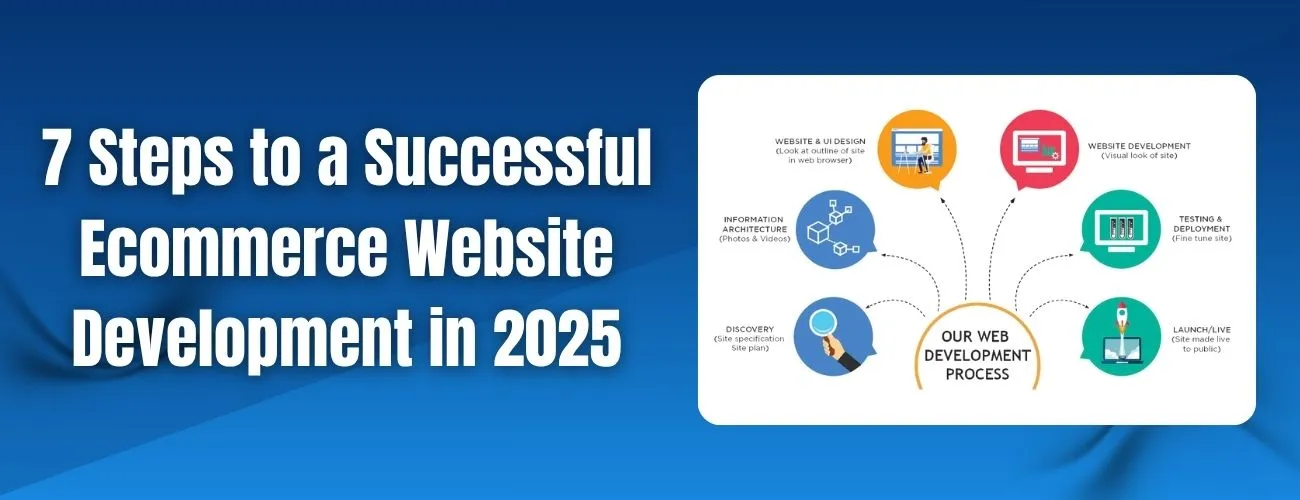
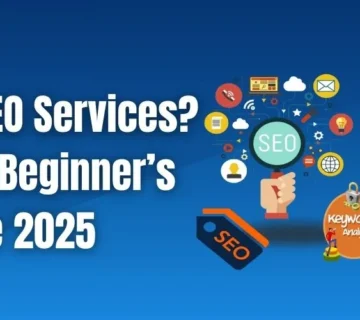
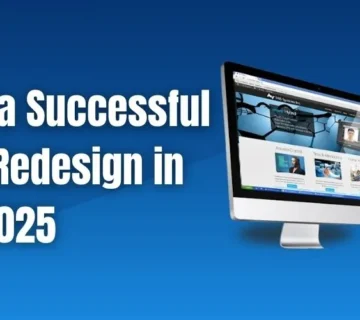
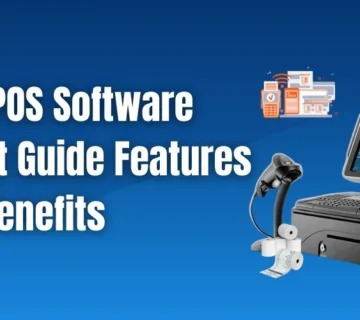
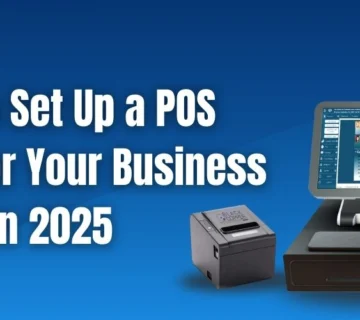
No comment